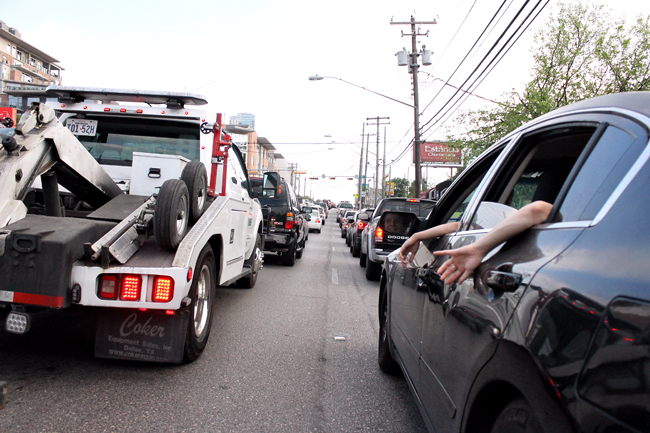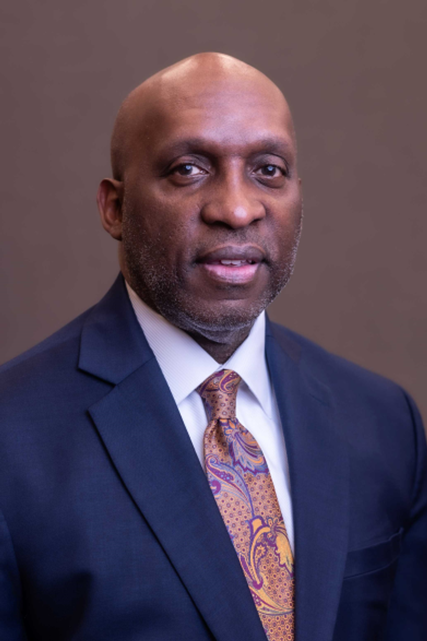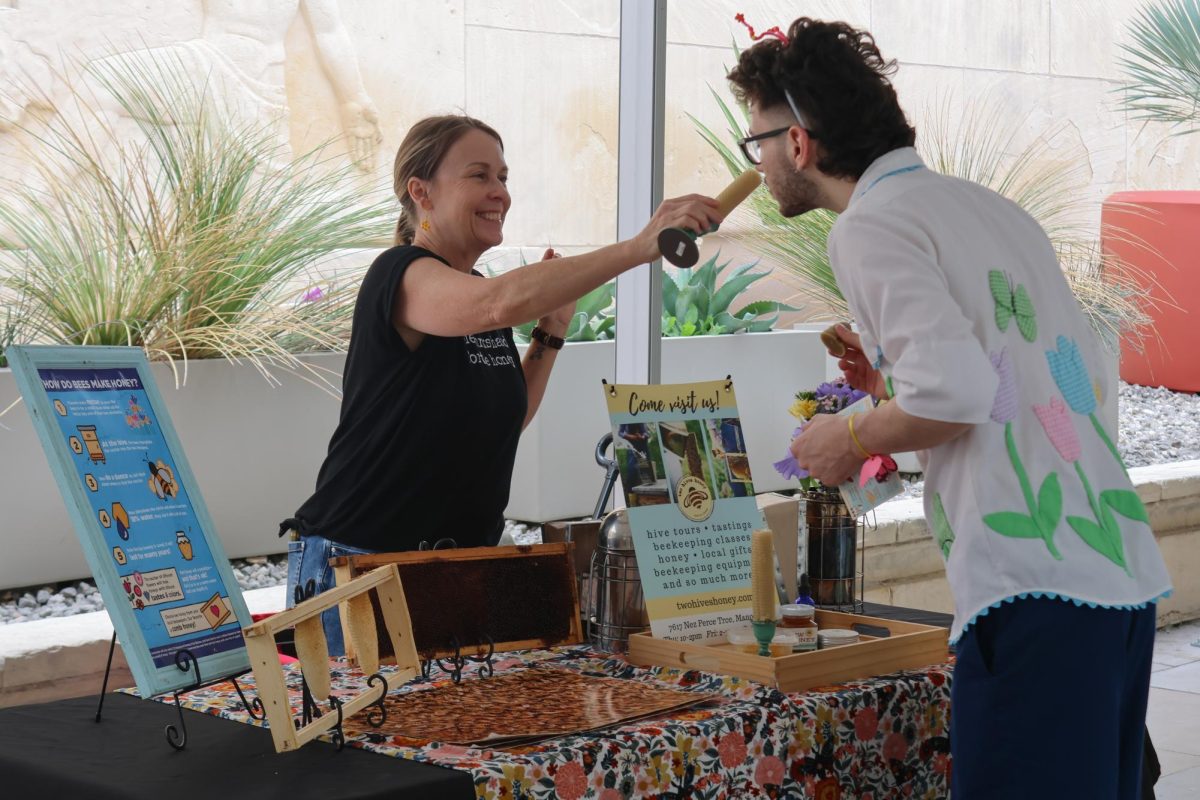For hours every afternoon, cars stretch for miles on Austin’s major freeways and roads, stuck in bumper-to-bumper traffic with little hope for relief. While city officials say they are taking a multifaceted approach to escaping the gridlock, researchers say Austin’s growing population will likely only worsen the commute unless significant action is taken.
Last week, the U.S. Census Bureau released new data showing Austin is the fastest growing large metropolitan area in the country. Austin’s traffic is ranked worse than New York’s, I-35 between Austin and San Antonio is considered one of the most dangerous roads in the country and some research predicts a future of three-hour commutes between downtown Austin and Round Rock.
With Austin’s low unemployment rate of 4.8 percent making the city an attractive place to live, the city’s population is only projected to keep rising. According to the city’s Planning and Development Review Department, Austin’s metropolitan area population will almost double by 2035. City demographer Ryan Robinson said commuters will need to be creative as the roads become more congested.
“Using an automobile, increasingly in central Austin, is going to become more and more difficult,” Robinson said. “There’s just no two ways around that.”
Eight roads in Travis County rank on the Texas Department of Transportation’s 2013 100 Congested Roadways list, with I-35 in Austin taking the number one spot. MoPac and the Capital of Texas Highway rank 27th and 64th, respectively. Three different segments of Lamar Boulevard also crack the top 100.
In August 2013, the Texas A&M Transportation Institute released a study on I-35 that showed the evening rush hour travel time from downtown Austin to Round Rock will be more than three hours by 2035. Even when the study took improvement plans into account, researchers still found a three-hour commute from the city to Round Rock.
“We’ve been characterized as the messengers of doom because what we show is not pretty,” said Ginger Goodin, a senior research engineer at the institute. “But what we did identify is that the region should be looking at a lot of different strategies.”
The A&M study notes people will likely just stop moving to Austin before I-35 becomes unbearably congested, but Robinson said he believes people will change their commuting patterns rather than avoiding Austin entirely.
One way city officials say they are tackling traffic is with the Imagine Austin Comprehensive Plan, which lays out Austin’s growth around activity centers. Under the plan, people live, work and shop in activity centers, reducing the need to commute. The city plans to connect the activity centers with public transit.
“It’s simply so much more affordable to serve a dense environment,” Robinson said. “What I mean by serve is everything from water, waste water, electricity, transit, police and fire protection.”
The A&M study accounted for the activity centers.
Michael Oden, associate architecture professor and head of the Graduate Program in Community and Regional Planning, said other cities are also embracing the concept of activity centers.
“The idea behind it is that as we grow and have more people, we try to organize them in more kinds of concentrated areas,” Oden said.
Robinson said the city will have to rely more on public transit as the population increases.
“We are going to have to take the multi-mobile approach,” Robinson said. “As we see an increase in population density downtown, that simply makes transit that much more viable.”
Robert Spillar, the city’s transportation director, said Austin is working to improve mobility into its central core and offer more travel options. Spillar said the city is improving the road network by connecting more streets and working with the Capital Area Metropolitan Planning Organization, or CAMPO, a government entity that every urban area with a population above 50,000 is federally required to have.
The city is also working with Capital Metro and Lone Star Rail on Project Connect, a collaborative high capacity transit plan for the region. As a result of the project, commuters can now use the rapid bus transit service MetroRapid. Commuters will have express toll lanes on MoPac in 2015, and rail projects are also being planned.
“There’s no silver bullet here. There’s no single project that’s going to fix everything,” Spillar said. “So we need everything. For about 30 years, this community didn’t invest in major transportation infrastructure as a city, so it should be no surprise that we’re congested.”
Daniel Yang, GIS and modeling program manager at CAMPO, said it is too soon to tell if activity centers will be a viable solution.
“It’s still too early to close the book, to say the centers have been successful or yet to be successful,” Yang said. “It takes time to see the vision of the centers concept to be fulfilled.”
The city and the Texas Department of Transportation are in the early stages of planning the I-35 Capital Area Improvement Plan, according to TxDOT spokesman Chris Bishop. According to Bishop, ideas range from adding express lanes to burying the interstate underground through central Austin.
“I-35 is the backbone of our local transportation network,” Bishop said. “In some segments, we’ve got more than 200,000 vehicles today and that threatens the economic livelihood of the area.”
Spillar said improving I-35 will require years of planning and construction.
“I think we are actually moving toward a major investment in the I-35 corridor,” Spillar said. “The I-35 corridor is probably a 20-30 year development program. It’s not going to happen all it once. There’s no way that it can.”
Because of the city’s continued growth, Spillar said people will have to make a greater effort to plan how they get around Austin.
“People have not, in this region, made conscious decisions about how they travel because they haven’t had to,” Spiller said. “Those days are gone.”





















